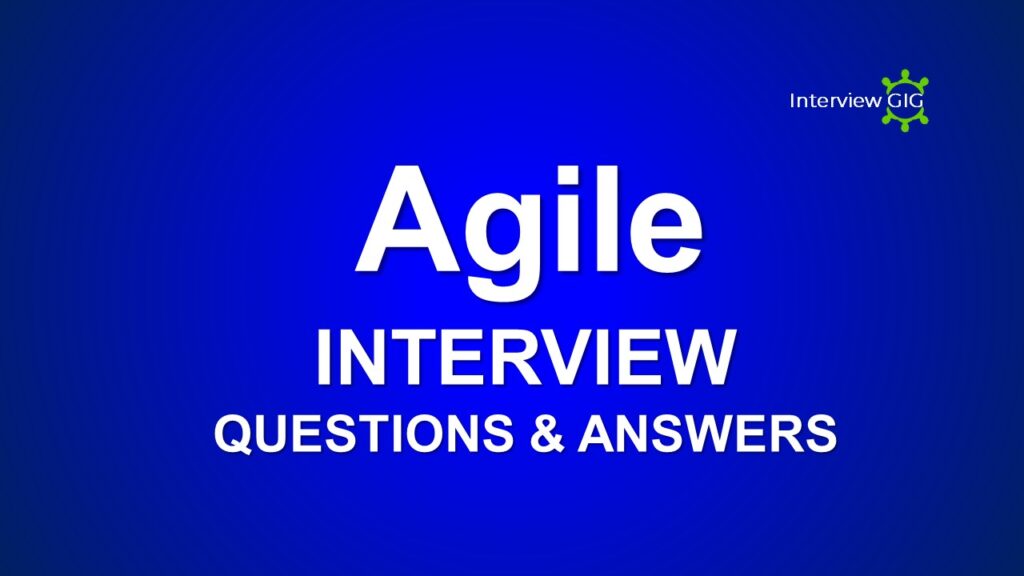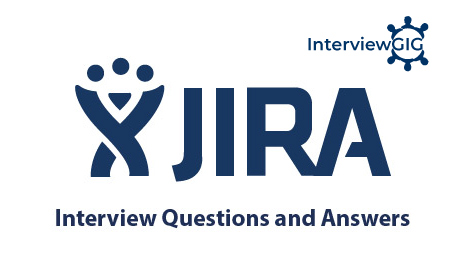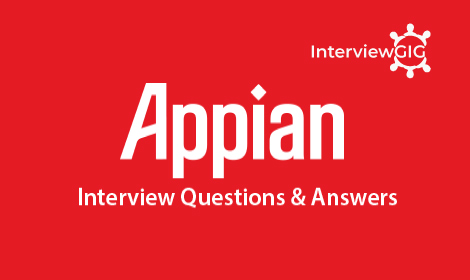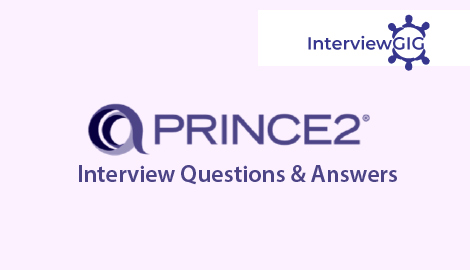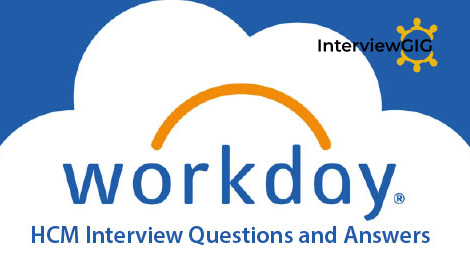What is a Scrum Master?
Scrum is facilitated by a scrum master. Scrum is a powerful framework for implementing agile processes in software development and other projects. This highly adopted framework utilizes short iterations of work, called sprints, and daily meetings, called scrums, to tackle discrete portions of a project in succession until the project as a whole is complete. Scrum master is the facilitator for an agile development team. Scrum is a methodology that allows a team to self-organize and make changes quickly, in accordance with agile principles. The scrum master manages the process for how information is exchanged. The scrum master asks the team members these three questions on a daily:
- What did you do yesterday? / What I plan to do tomorrow?
- What will you do today?
- Are there any impediments in your way?
(Or)
(Mike Cohn says) The Scrum Master is responsible for making sure a Scrum team lives by the values and practices of Scrum. The Scrum Master is often considered a coach for the team, helping the team do the best work it possibly can. The Scrum Master can also be thought of as a process owner for the team, creating a balance with the project’s key stakeholder, who is referred to as the product owner
What does a scrum master do?
A scrum master’s job is to keep everybody moving in the right/correct direction. They shield the team from unnecessary distractions that could pull away their focus. A scrum master’s job is to make the team as a whole as efficient as possible.
What are the Scrum main roles?
Scrum has three basic roles are the product owner, scrum master, and delivery team. In scrum, many things including these roles are interchangeable and multi-functional. In an ideal situation, these roles would be limited to one project. You should be ready to address the possibility of not having one of these three pieces.
What are the main roles of a Scrum Master and Product owner?
Scrum Master: Scrum master acts as a servant Leader for the scrum team. He/she presides over all the scrum ceremonies and coaches the team to understand and implement scrum values and principals.
Product Owner: Product owner is the Point of contact for a scrum team. He/she is the one who work closest to the business. The main responsibility of a product owner is to identify and refine the product backlog items.
What are the advantages of Scrum master?
- A scrum master’s role is to help the team reach top level and remove impediments to progress.
- It increases Return of Investment (ROI)
- It repeatedly and rapidly looks into actual working software
- Scrum master helping the Product Owner and the team groom the product backlog
- The scrum master-tester role is that the tester is not at risk of being the last one to see the code. This highly agile approach ensures that testing and development can truly happen in parallel, preventing any hang-ups or surprises in the QA process and speeding up overall delivery.
What is Sashimi and Impediments?
Sashimi: This term is analogous to “done”, it is used to define the specific task when it is completed. The term used by a different team to refer their completed task status may differ but should remain same within one team.
Impediments: Any obstacle that prevents the team members from performing their work is referred as impediments
The product owner role is a bottleneck by design. How can you support the product owner so that he/she can be the value maximizer?
Help the product owner to make product backlog in good shape and make it ready for the next sprint.
List out what are the artifacts of Scrum process?
Some Scrum process artifacts include
- Sprint backlog
- Product backlog
- Velocity chart
- Burn-down chart
What is Scrum Sprint?
Scrum project is developed in a series of “sprint”. It is a repeatable and regular work cycle in scrum methodology during which work is accomplished and kept ready for review. Each Sprint start with two planning sessions to define the content of the Sprint: the WHAT-Meeting and the HOW-Meeting. The combination of these two meeting are also defined as Sprint Planning Meeting.
What is the ideal duration for a Sprint?
A Sprint is a fixed time period, from one to four weeks, with a preference toward shorter intervals. Generally, a Sprint lasts for 30 days to 2 weeks. Longer Sprints 3-4 weeks.
What is Product backlog?
Product Backlog is an ordered list of everything that is known to be needed in the product. It is the single source of requirements for any changes to be made to the product. The Product Owner is responsible for the Product Backlog, including its content, availability, and ordering.
What is Velocity in Scrum?
Velocity is the total effort a team is capable of in a sprint. The number is obtained by adding all the story points from the last sprint’s stories. It is a guideline for the team to understand how many stories they can do in a sprint.
How is velocity calculated?
Velocity is calculated at the end of the Sprint by totaling the points for all fully completed user stories.
What is a burn-down chart?
A burn-down chart is a graphical representation of the features or tasks that are yet to be completed. A burndown chart is a plot of work remaining to reach a given goal on the vertical axis, and time on the horizontal axis. Each point on the chart shows how much work was left to do at the end of that day (or week, month or other time period). An effective candidate should also know it’s good to keep an “ideal” burn-down chart to compare estimated time and effort against actual time and effort in the project. They should also recognize the importance in terms of accountability of keeping the chart up-to-date and accurate
Do you have any agile or scrum certification?
It’s common for modern employers to ask about scrum master certifications. Agile and scrum certifications are most used in market and organizations are expecting the candidates to hold one or more out of it. Certifications generally looked by organizations are:
- CSM (Certified Scrum Master)
- ACP (Agile Certified Professional)
- ASM (Agile Scrum Master)
- PSM (Professional Scrum Master)
- Safe Agilist
What are the benefits of scrum certification?
Scrum certification concentrates on the importance of self-organization, which can result in the following:
- You can easily participate in the team activities and also, members can feel a sense of self-ownership.
- Employees are self-motivated which can lead to improved performance in a team
- This training can let you create a work new environment which is useful for company’s growth.
- The knowledge and skills garnered can make the team immune to internal and external distractions.
Is the Scrum Master more like a project manager?
The Scrum Master is a management, or rather a leadership role. The Scrum Masters work as servant leaders. Instead of telling people what to do and exactly how to do it, Scrum Masters emphasise self-organization. They work as a guide and a coach, helping teams and organizations understand and leverage the Scrum framework and Agile practices.
What is MVP in Scrum?
MVP (Minimum viable product) is a strategy for iteratively learning about your customers. MVP is a product with just enough features to satisfy early customers and to provide feedback for future development.
What is Test Driven Development?
Test-driven development (TDD) is a software development process that relies on the repetition of a very short development cycle: first the developer writes an (initially failing) automated test case that defines a desired improvement or new function, then produces the minimum amount of code to pass that test, and finally refactors the new code to acceptable standards.
What is scrum of scrum?
Scrum of scrum is used to refer the meeting after the daily scrum. The responsible person from each team attends the meeting and discuss their work and answer the questions like
- Since the last meeting, what is the progress of the team?
- What your team is expected to do or should accomplish, before the next meeting?
- What are the obstacles your team faced while completing the task?
- Were you going to allot any of your work to the following team?
What is the role of scrum master in Scrum?
- Removes any obstacles that the team faces during the pursuit of its sprint goals
- Maximizing the productivity of the team
- Making sure that the scripting language used for system testing and unit testing is written in the same language
- Guides the team and product owner to improve the effectiveness of their practices
- Makes sure that all standard scrum practices are followed
What is the difference between Agile and Scrum?
The Agile methodology employs incremental and iterative work beats that are also called sprints. Scrum, on the other hand, is the type of agile approach that is used in software development.
Why is the Scrum development less risky than waterfall method?
In Scrum, the focus is on delivering fully-tested, independent, valuable, small features. Thus, the risk is diversified and if one feature goes wrong, it should not impact another feature. Scrum focuses on collaborative development than waterfall where the entire development cycle is divided into phases.
What are Epics?
An epic is a large user story that cannot be delivered as defined within a single iteration or is large enough that it can be split into smaller user stories.
Give me an example of when you have had to compromise or make a trade off in an agile scrum implementation and why?
A scrum master’s primary responsibility, in addition to the facilitation of scrum ceremonies, is to assist the team in removing impediments. A scrum master with experience should have multiple examples of how they were able to play the role of servant leader and remove impediments
How do you define a user story?
The user stories are defined in the format of As a <User / type of user>
I want to <action / feature to implement>
So that < objective>
How do you work with remote workers?
Answers will vary, but a key candidate will understand the importance of keeping in line with the principle of co-location, while also understanding the difficulties in achieving this in today’s corporate environment. Strategies should include how to ensure that the remote workers are not long winded during standup meetings, and any answers should give insights on how the candidate facilitates teamwork between present and remote workers
What is scrum poker or planning poker?
Scrum poker or planning poker is a technique to estimate the relative size of development goals in software development. It is a way to determine sprint item durations by playing number cards face down the table, instead of speaking them aloud
What is a retrospective?
A retrospective is a meeting to inspect and adapt the process. This Agile methodology interview question is looking for the many ways to conduct a retrospective—so be ready to explain one or two formats.
What is the objective behind holding a Sprint retrospective meeting?
The objective behind Sprint retrospective meeting is to let team members know how things went during the sprint and discuss possible ways for further improvements for future sprints.
How do you ensure that the Scrum team has an access to the stakeholders?
Here are some of the ways the Scrum team can have access to the stakeholders:
- Get support from the stakeholders themselves
- Educate senior management
- Be flexible
- Be prepared to work with stakeholder representatives
- Be proactive and present a plan to prove your capabilities
What is DOD? How is this achieved?
DOD stands for Definition of done. It is achieved when
- The story is development complete, QA complete
- The story meets and satisfy the acceptance criteria
- Regression around the story is complete
- The feature is eligible to be shipped / deployed in production.
When Scrum cannot be useful?
Ideally scrum is useful to monitor work with 5 to 10 people, who are committed to achieving the sprint goal. It does not go well with huge groups or team having more responsibilities. For larger team, scrum can be applied by splitting the team into small groups and practice scrum.
Do you see any disadvantage of using scrum?
I don’t see any disadvantage of using scrum. The problems mainly arises when the scrum team do not either understand the values and principles of scrum or are not flexible enough to change.

